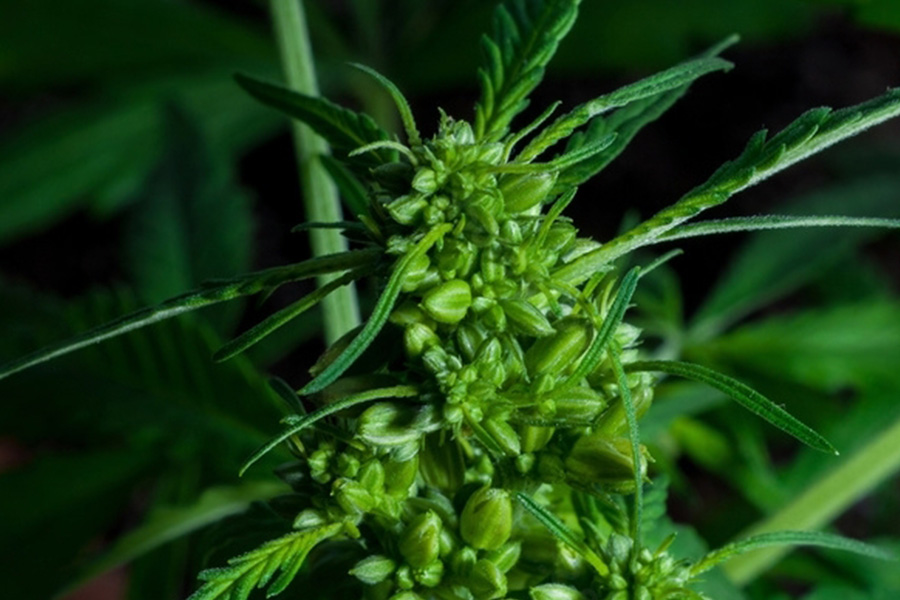Learn about the phenomenon of self-pollination in plants and the causes of hermaphroditism. Discover how poor breeding, stress-induced traits, and various stress events can lead to plants displaying intersex traits. Understand the different ways a hermaphrodite cannabis plant may present, enabling growers to identify and manage them effectively.
Self-pollination is a common reproductive process in plants, but it can cause complications when hermaphroditic traits are involved. In this blog post, we delve into the concept of self-pollination and explore the causes and characteristics of hermaphroditic plants. By gaining insight into the factors that contribute to hermaphroditism and understanding how hermaphroditic plants present themselves, growers can effectively manage their crops and optimize yield and quality.
Causes of Hermaphroditism in Plants
What is a hermaphrodite? Well, hermaphroditism is where a plant possesses both male and female reproductive parts, and can occur due to various factors. One cause is poor breeding, where an unstable parent line displaying intersex traits is accidentally chosen for breeding. These intersex traits can then be passed on to the offspring, perpetuating the hermaphroditic characteristics. Another cause is the use of improper methods, such as stress-induced pollen production. Breeders may subject plants to irregular light cycles or other stressors to force intersex traits and pollen production. Using pollen from stress-induced plants can create instability and increase the likelihood of hermaphroditism. Additionally, any significant stress event, such as heat, cold, over/under fertilization, wind, or watering imbalances, can cause plants to herm, especially when prolonged or repeated.
Recognizing Hermaphroditic Plant Traits
Identifying hermaphroditic plants can be challenging but is vital for successful cultivation. These plants can display various characteristics, indicating the presence of intersex traits. One common presentation involves clusters of male flowers appearing in multiple sites on one or multiple branches. These may not be noticeable until the plants have progressed into weeks two or three of the flowering phase and can persist until harvest. Another manifestation is the presence of single male flowers at nodes, which is often subtle with only a few male flowers per plant. Although harder to spot, this type of hermaphroditism may occur in a higher percentage of the population, ranging from 1% to 10%. It is usually triggered by significant or repeated stress events. Lastly, hermaphroditic plants may exhibit clusters of male flowers appearing exclusively within female flowers.
Understanding self-pollination and the occurrence of hermaphroditism in plants is vital for growers to ensure successful cultivation. Poor breeding choices and stress-induced traits are two common causes of a hermaphrodite cannabis plant. By being attentive to the different ways hermaphroditic traits present, such as clusters of male flowers on branches, single male flowers at nodes, or male flowers within female flowers, growers can promptly identify and manage these plants. Proper identification and management of hermaphroditic traits contribute to maintaining yield, potency, and overall crop quality, ultimately optimizing the success of cultivation endeavors.
